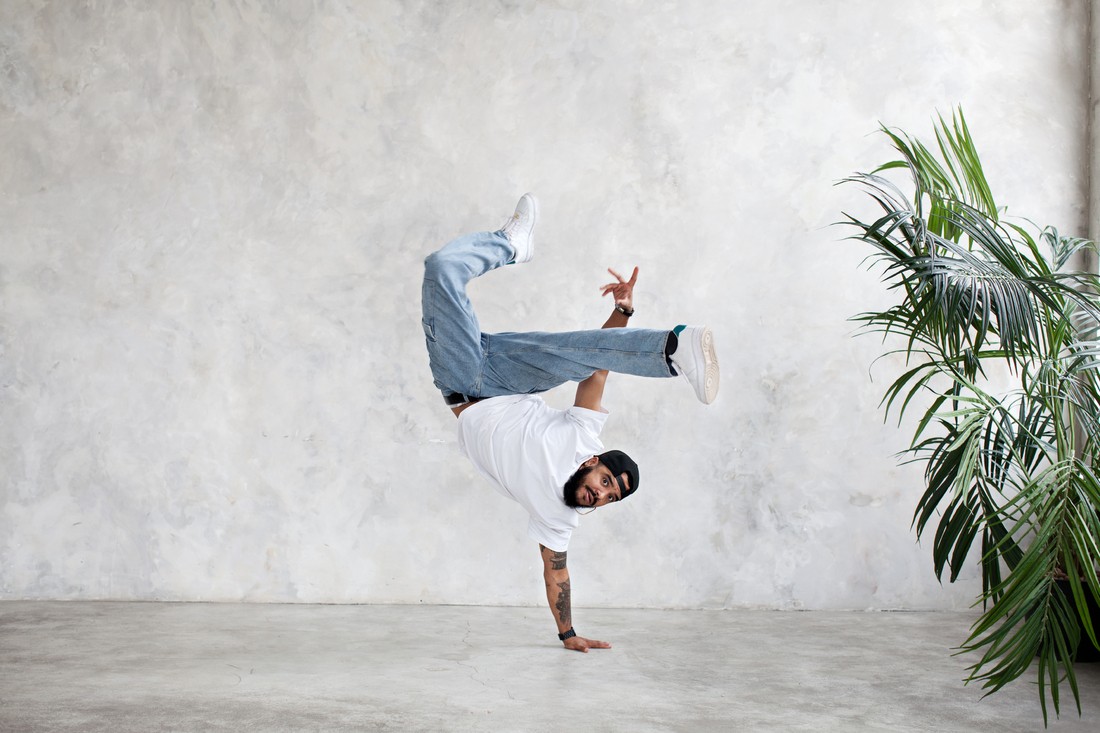The Impact of Dance on Creative Expression
Dance is a powerful medium for creative expression. It allows individuals to communicate thoughts, ideas, and emotions through movement and storytelling. By engaging in dance, individuals can explore different ways of expressing themselves and develop a unique voice.

Enhancing Critical Thinking Skills through Dance
In addition to fostering creativity, dance also plays a crucial role in developing critical thinking skills. When learning dance techniques, individuals are challenged to analyze and problem-solve, making decisions in real-time. This process helps sharpen their ability to think critically and make quick judgments.
The Benefits of Dance Education
Dance education offers numerous benefits for individuals of all ages. It provides a holistic approach to learning, combining physical activity with cognitive and emotional development. Here are some key benefits:
Physical Health and Fitness
Dance is a physically demanding art form that requires strength, flexibility, and endurance. Regular dance practice helps improve cardiovascular health, muscle tone, and overall fitness.
Mental and Emotional Well-being
Engaging in dance promotes mental and emotional well-being. Dance allows individuals to release stress, boost self-confidence, and improve body image. It also serves as a form of self-expression and a means of connecting with others.
Social Skills and Community Building
Dance provides opportunities for individuals to interact and collaborate with others. It cultivates essential social skills such as teamwork, communication, and empathy. Joining dance groups or participating in dance competitions fosters a sense of community and belonging.
Dance as an Art Form
Dance is not just a physical activity; it is an art form that encompasses various styles and techniques. Here are some popular dance styles:
Ballet
Ballet is a classical dance form characterized by grace, precision, and technique. It focuses on elegant and fluid movements performed to classical music.
Jazz
Jazz dance incorporates elements of African and European dance styles. It is characterized by energetic and syncopated movements, improvisation, and individual expression.
Contemporary
Contemporary dance is a blend of various dance styles and techniques. It emphasizes freedom of movement, versatility, and interpretation of emotions and ideas.
The Role of Dance Competitions in Nurturing Talent
Dance competitions, like the ones hosted on competes.tv, provide a platform for dancers to showcase their talent, gain exposure, and connect with fellow dancers. These competitions offer valuable opportunities for growth and recognition within the dance community.
Building a Fanbase and Connecting with Dancers
competes.tv allows dancers to build a loyal following by sharing their dance videos and creating a presence within the online dance community. Dancers can connect with other talented individuals, receive feedback, and collaborate on future projects.
The Importance of Nurture and Support in Dance Education
Nurturing and supporting young dancers is essential for their growth and success. Dance education programs, both in schools and private studios, play a crucial role in providing mentorship, training, and performance opportunities. These programs help shape the next generation of dancers and contribute to the thriving dance community.
Overall, dance and education intersect in fostering creativity, critical thinking, and personal growth. Engaging in dance provides individuals with a platform for creative expression, enhances critical thinking skills, and offers numerous physical, mental, and social benefits. It is a powerful art form that continues to inspire and captivate audiences worldwide.
Contact Dance Competitions – competes.tv at 650-437-4741.
Visit their website at https://competes.tv/dance-competitions/.
Frequently Asked Questions
What are the benefits of dance education?
What are some popular dance styles?
Sources:
– “Break dancing | History, Characteristics, Olympics, & Facts” – britannica.com
– “History of Breakdancing: All you need to know – Red Bull” – redbull.com
– “47 Breakdancing Facts That Will Blow Your Mind” – kidadl.com
– “Is it Breaking or Breakdance?” – creative-emote.com
